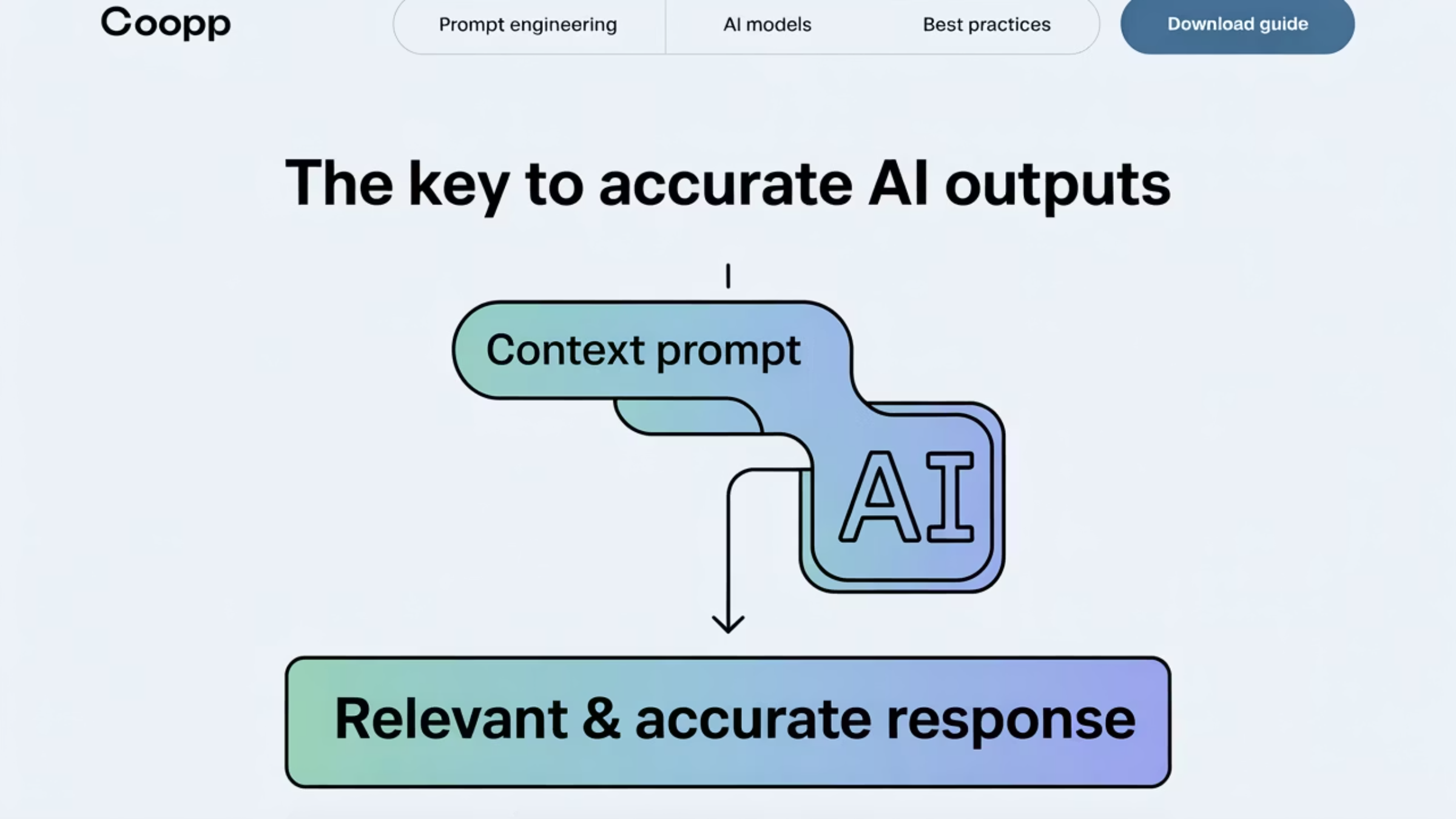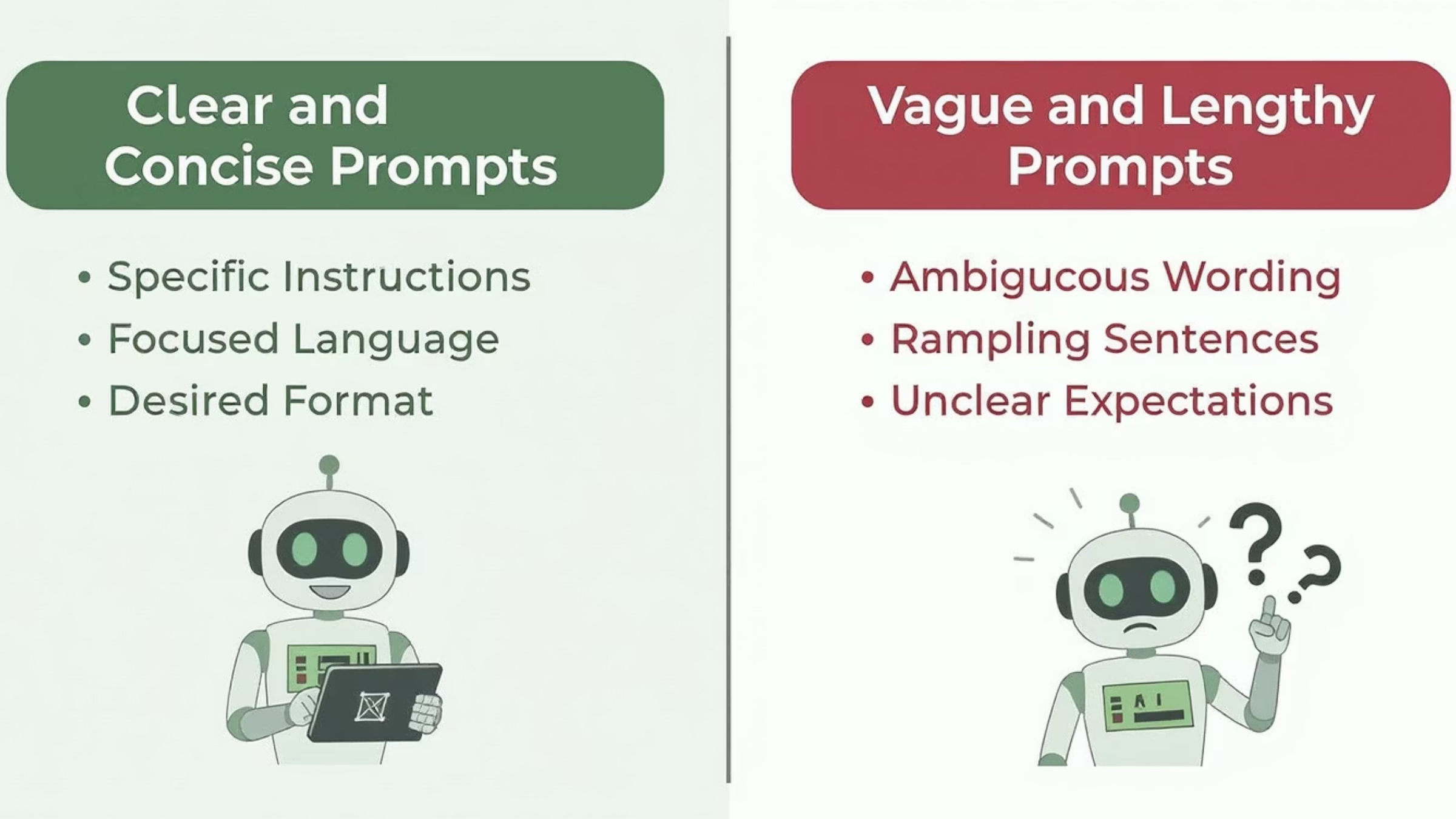What is Context Engineering?
Context Engineering refers to strategically designing the context (prompt) given to AI models to achieve optimal responses. It involves structuring input information clearly and precisely, enabling the AI to understand and deliver outputs that accurately match user intentions. This practice is essential in maximizing the capabilities of generative AI models, including popular tools such as GPT-4.
 Visual representation of context and AI interaction
Visual representation of context and AI interaction
How Does Context Engineering Work?
Context Engineering revolves around the careful crafting of prompts, which serve as instructions and contextual clues for AI models. The underlying mechanics include tokenization, prompt length management, and maintaining context clarity. Effective context engineering considers:
-
Prompt Design: Clear, precise instructions to guide the AI’s responses.
-
Token Management: AI models have context length limitations; thus, engineers must condense and prioritize information.
-
Context Quality: Providing relevant and detailed context ensures that outputs align with user goals.
Practical applications range from customer service automation to complex analytical reports and creative content generation.
 Diagram illustrating how context engineering impacts AI output
Diagram illustrating how context engineering impacts AI output
Practical Use of Context Engineering
To successfully apply Context Engineering:
-
Clarify Intent: Clearly state the goal and constraints of the task.
-
Efficient Structuring: Prioritize essential details, avoiding unnecessary complexity.
-
Testing and Iteration: Regularly test prompts and adjust them based on outcomes to improve quality.
Common pitfalls to avoid include overly vague instructions, too much irrelevant context, or exceeding token limits without strategic management.
 Note 3 - Examples of effective and ineffective contexts
Note 3 - Examples of effective and ineffective contexts
Challenges and Limitations
Despite its advantages, Context Engineering faces challenges:
-
Token Limits: AI models have strict context length limitations, restricting complex interactions.
-
Context Drift: Without careful management, AI responses might deviate from intended context.
These issues can be mitigated through chunking (breaking tasks into manageable segments) or leveraging newer AI models with larger context capacities.
Conclusion
Context Engineering significantly enhances AI performance by fine-tuning inputs for precise and useful outputs. Mastering this approach allows businesses and users alike to fully leverage the evolving capabilities of AI, shaping a smarter, more efficient future.